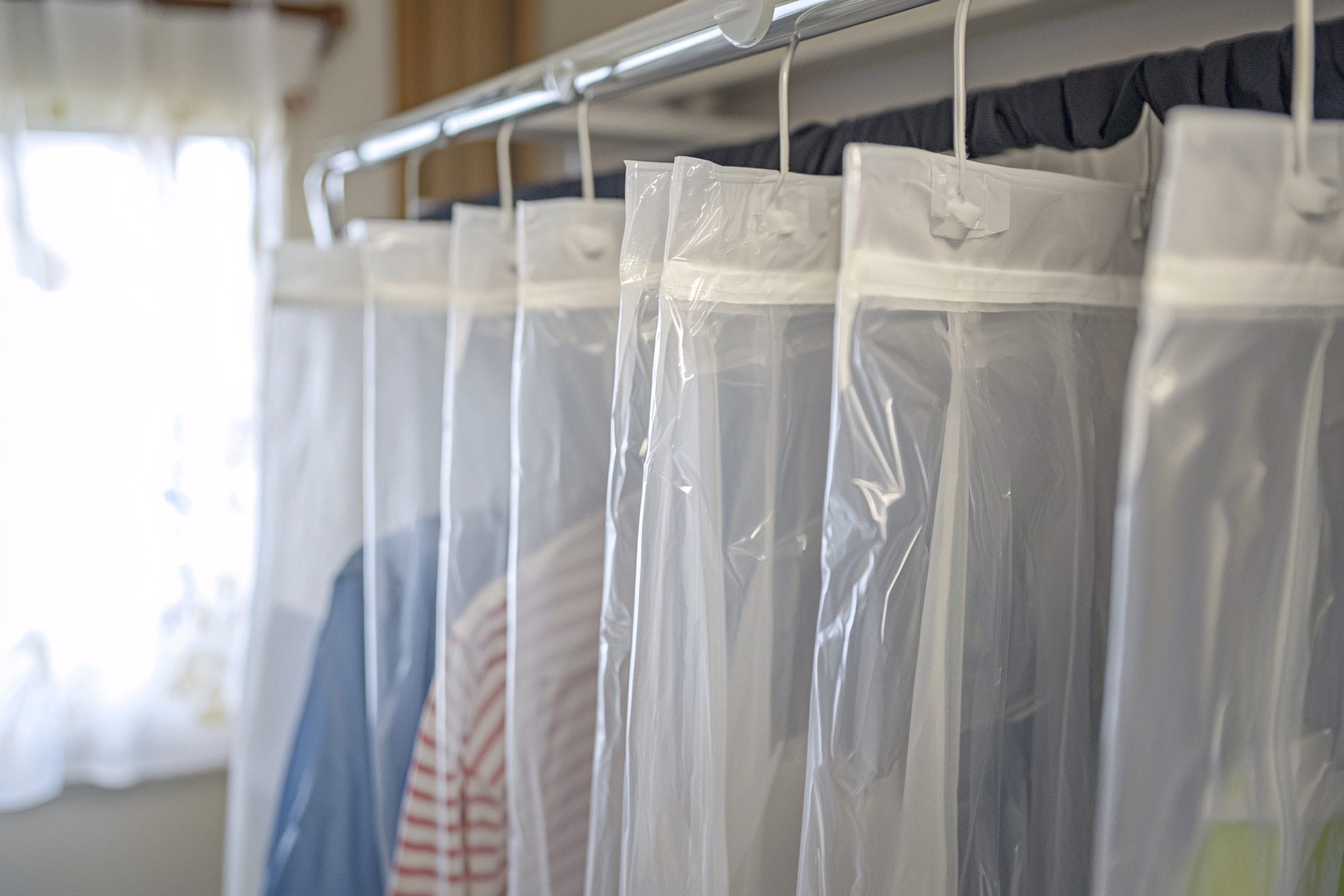Helpful tips, from those who make drysuits, to prolong the life of your drysuit. Cleaning It is best to rinse off your suit in fresh water, inside and out. Then dry thoroughly before storing. We do not advise using a washing machine as this can be too fierce. If using a breathable suit in saltwater, […]

Packing away and maintaining your drysuit

Helpful tips, from those who make drysuits, to prolong the life of your drysuit.
Cleaning
It is best to rinse off your suit in fresh water, inside and out. Then dry thoroughly before storing. We do not advise using a washing machine as this can be too fierce. If using a breathable suit in saltwater, you should wash your suit after every use to stop salt crystal buildup. Salt crystals can damage the waterproof membrane causing delamination and leaking.
Seal Damage
Stretch your seals and look for any perishing at the two most vulnerable points, the end where it seals to you and also where it joins the suit. This will show as small cracks. Latex suffers from this more than neoprene.
Seal Protection
Latex seals need to be lightly covered in talcum powder whereas neoprene needs a small amount of baby lotion (not baby oil) applied to the smooth skin side, spread over the seal and leave to soak in. This will keep the seal supple. You only need to do this every couple of months or so. Do not put anything other than unscented talc on latex seals as it will speed up degradation.
Fabric
Check over for tears and scuffs.
Zip
Check for cracks along its length. A crack in between the teeth will cause a leak and over time you will not be able to open it.
Zip Protection
To help your zips life, wax treat it.
Metal zipper (pro-Seal) We recommend using paraffin wax (a candle). Strike this along the teeth inside and out. A small amount of heat from a hairdryer can help to soften the wax once applied, keep moving up and down the zip until melting. Remember to keep the hairdryer moving at all times so as not to burn the fabric of your drysuit. Open the zip 3 or 4 times to bed in the wax.
Plastic zipper (Aquaseal) Some manufacturers will supply a zip lube, use this as directed mainly into the closing end. This will help to seal the end long term. Alternatively, paraffin wax will also help.
Leaking
If your suit was leaking when last used, send it in for testing, as it will still leak when you use it again later in the year.
Store Folded
Lay your suit out on the floor with the zip facing down, so a rear zip should be front up and a front zip front down. Roll up loosely from feet until at the neck, then fold over each arm across the suit. In both zip styles, this will help to protect your zip from being folded tightly. A zip that bends acutely can cause unrepairable damage. Store in suit bag out of light with zip open.
Store Hanging
Hanging your suit. Wide shoulder hangers are best to spread the load on the top of your suit. Do not use thin wire hangers. Store with zip open.
Storage
Store your suit in a cool, dry environment. Do not store your suit in your loft as it can get extremely hot. This is especially true if you have latex seals. When latex gets very hot it wants to return to its liquid state. High temps can also damage glues, lifting seam tape and seal bonds alike. If storing in our buildings such as a garage or shed, keep off the ground as mice will chew holes in them. We see this more often than you would expect. Also, don’t leave in direct sunlight such as near a window.
Transportation
Zips are much stronger when closed, so to prevent the zip cracking always close the zip when transporting.
Any questions and our drysuit technicians are here to help. Hammond Drysuit Technicians manufacture new drysuits here in the UK and repair all makes of drysuits.
More information on our repair service – hammond-drysuits.co.uk/drysuit-repairs/
Newsletter
Receive the Latest News and Updates
"*" indicates required fields